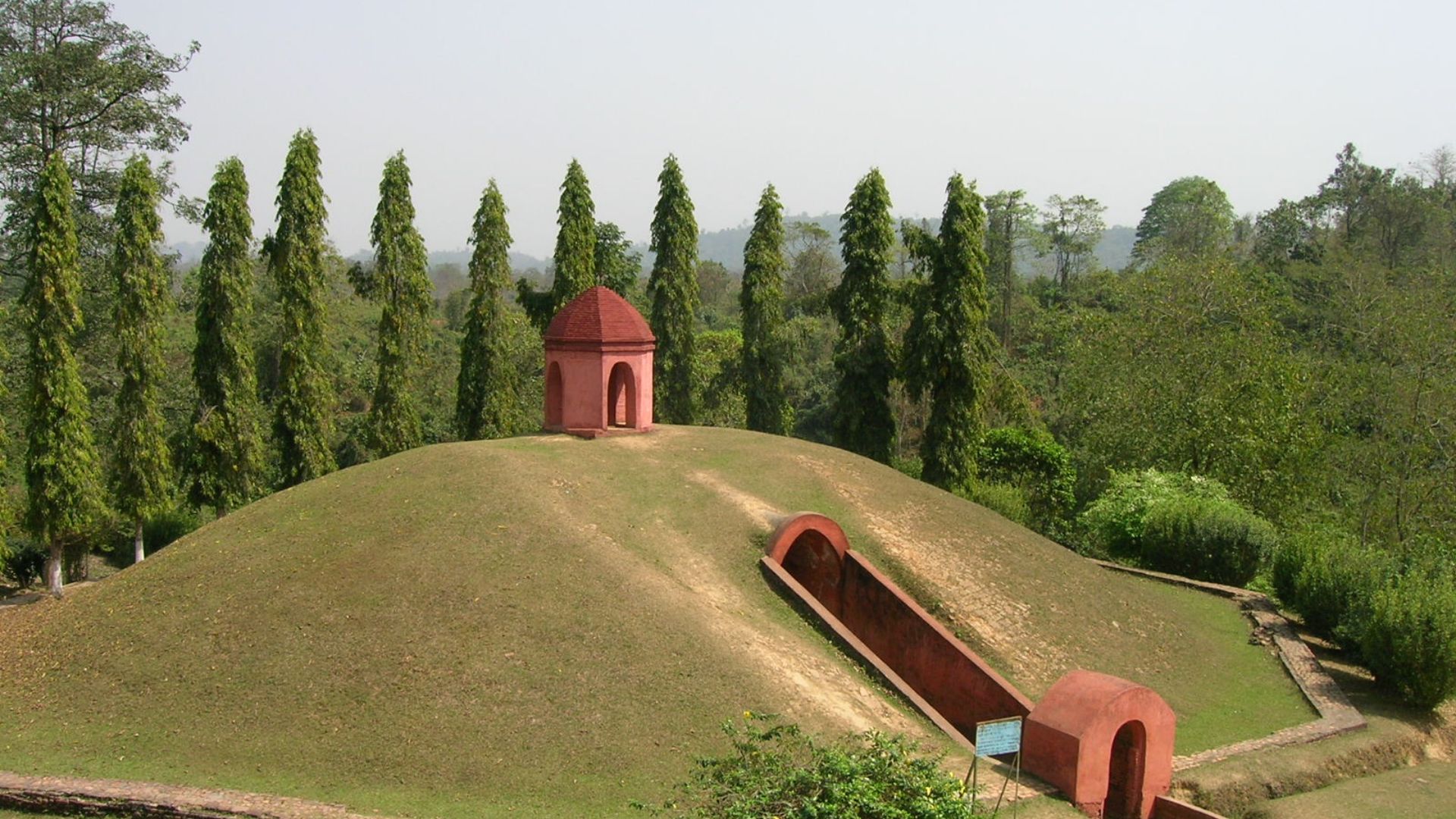The Moidams have been recognized as India’s 43rd World Heritage Site during the 46th World Heritage Committee session held in New Delhi on friday, a testament to their global cultural and historical importance.
What are Moidams?
The Moidams, also spelled as Maidams, are ancient burial mounds of the Ahom dynasty, a historically significant ruling dynasty in Assam, that reigned from the 13th to the 19th century. These mounds are primarily located in the Charaideo district, which served as the first capital of the Ahom kingdom.
The Ahom dynasty was unique in its integration of local cultures and traditions with its own, brought from present-day Myanmar. The Moidams reflect this cultural fusion, showcasing distinctive mortuary practices that combined elements of Buddhist and indigenous Assamese traditions. Each Moidam is a burial mound constructed for royalty and nobility, containing a crypt where the deceased was interred along with various items intended to assist them in the afterlife, such as personal belongings, weapons, and even horses. These mounds vary in size, with some reaching significant heights and diameters, representing the rank and status of the individuals buried within.
Architecturally, the Moidams are remarkable for their construction techniques, which include the use of bricks, stones, and earthen materials, often adorned with intricate carvings and decorations. The most significant among these is the Moidam of Sukapha which stands as a symbol of the dynasty’s enduring legacy in the region.
The inscription of the Moidams as a World Heritage Site underscores the need for preservation and protection of these ancient structures. Over the years, they have faced threats from natural erosion, vegetation overgrowth, and human encroachment. Being recognized on the World Heritage list brings international attention and support, which is crucial for the implementation of conservation strategies and sustainable tourism practices. This status not only helps in preserving the Moidams for future generations but also promotes awareness and appreciation of Assam’s rich cultural heritage.










